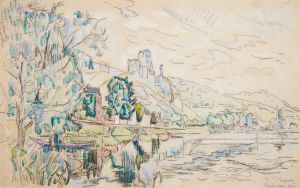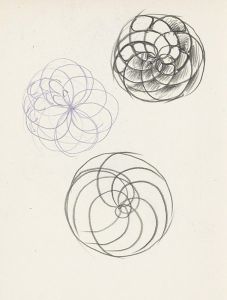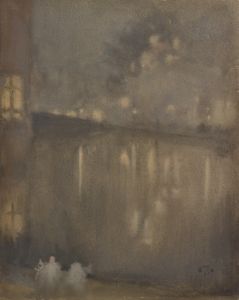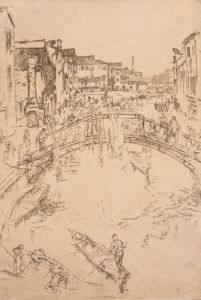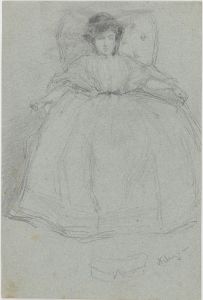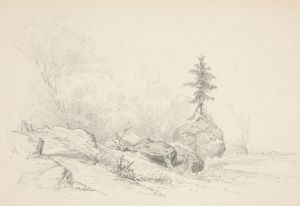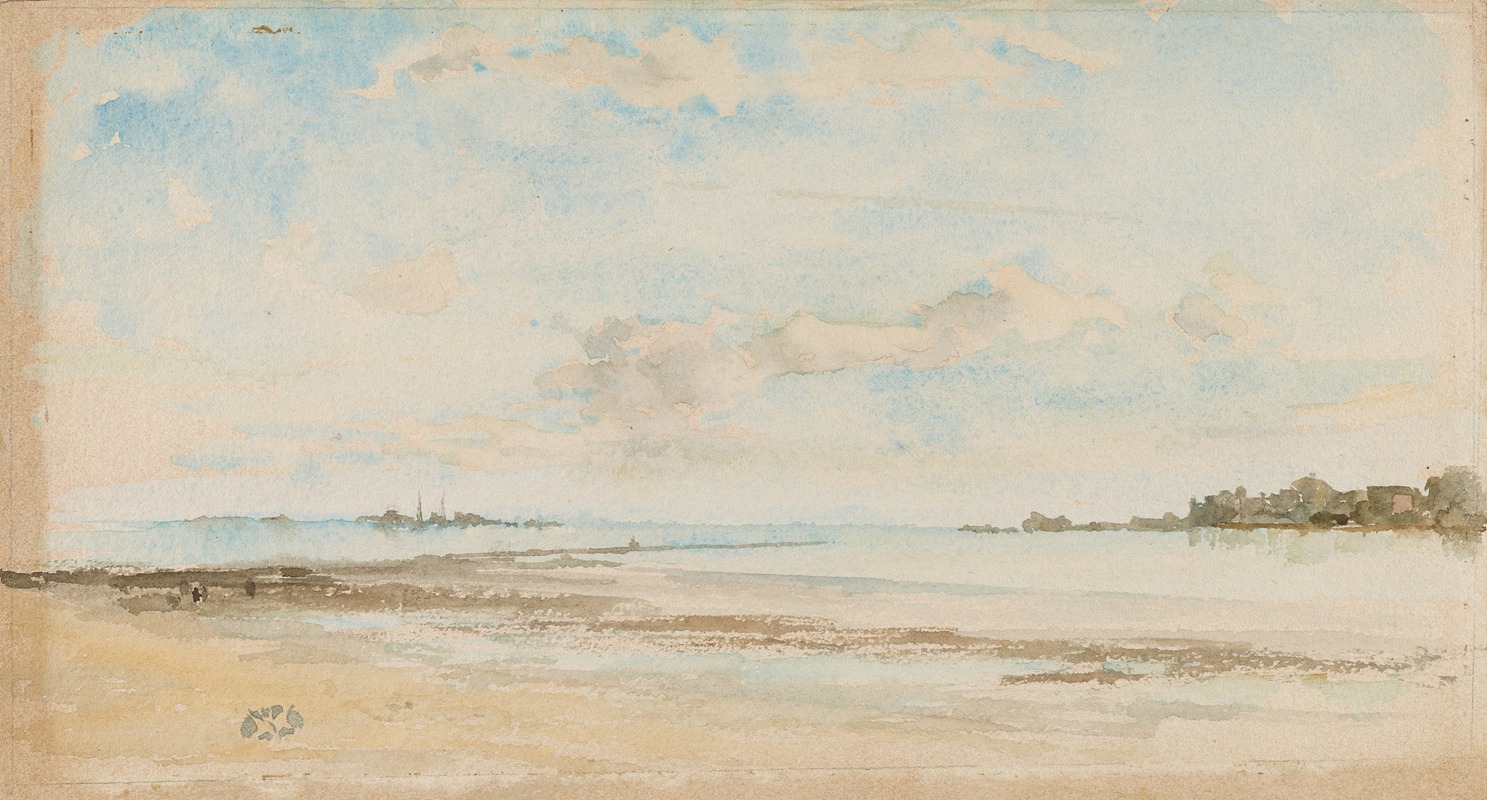
Note in Blue and Opal–Jersey
A hand-painted replica of James Abbott McNeill Whistler’s masterpiece Note in Blue and Opal–Jersey, meticulously crafted by professional artists to capture the true essence of the original. Each piece is created with museum-quality canvas and rare mineral pigments, carefully painted by experienced artists with delicate brushstrokes and rich, layered colors to perfectly recreate the texture of the original artwork. Unlike machine-printed reproductions, this hand-painted version brings the painting to life, infused with the artist’s emotions and skill in every stroke. Whether for personal collection or home decoration, it instantly elevates the artistic atmosphere of any space.
"Note in Blue and Opal–Jersey" is a painting by the American-born British artist James Abbott McNeill Whistler. Whistler, known for his innovative approach to art and his influence on the Aesthetic Movement, created this work during his time in Europe. The painting is part of Whistler's series of works that emphasize mood and atmosphere over detailed representation, a hallmark of his style.
James Abbott McNeill Whistler was born on July 10, 1834, in Lowell, Massachusetts, and he spent much of his career in Europe, particularly in London. He is best known for his portraiture and his use of color and composition to evoke a sense of harmony and beauty. Whistler's works often feature subdued tones and a focus on the interplay of light and shadow, which he referred to as "nocturnes" or "symphonies."
"Note in Blue and Opal–Jersey" exemplifies Whistler's approach to painting, where he sought to create a visual experience akin to a musical composition. The title itself suggests a musical analogy, with "note" implying a single element within a larger composition and "blue and opal" referring to the dominant colors used in the painting. The inclusion of "Jersey" in the title likely refers to the Channel Island of Jersey, suggesting that the painting may depict a scene or figure associated with this location.
Whistler's technique in this painting, as in many of his works, involves the use of thin layers of paint to build up a delicate, almost ethereal quality. This method allows for a subtle gradation of color and light, creating a sense of depth and atmosphere. The painting's composition is typically Whistlerian, with a focus on simplicity and balance, avoiding unnecessary detail to maintain the overall harmony of the piece.
Throughout his career, Whistler was influenced by various artistic movements and traditions, including Japanese art, which is evident in his use of space and composition. His work often reflects a synthesis of Western and Eastern artistic principles, resulting in a unique and distinctive style.
"Note in Blue and Opal–Jersey" is a testament to Whistler's belief in "art for art's sake," a philosophy that emphasizes the intrinsic value of art and its ability to evoke emotion and beauty without the need for narrative or didactic content. This approach was revolutionary at the time and has had a lasting impact on the development of modern art.
Whistler's legacy is marked by his contributions to the Aesthetic Movement and his influence on subsequent generations of artists. His works are held in major collections around the world, and he is remembered as a pioneering figure in the transition from traditional to modern art.
In summary, "Note in Blue and Opal–Jersey" is a significant work by James Abbott McNeill Whistler that showcases his innovative approach to painting, his mastery of color and composition, and his commitment to the aesthetic principles that defined his career.





